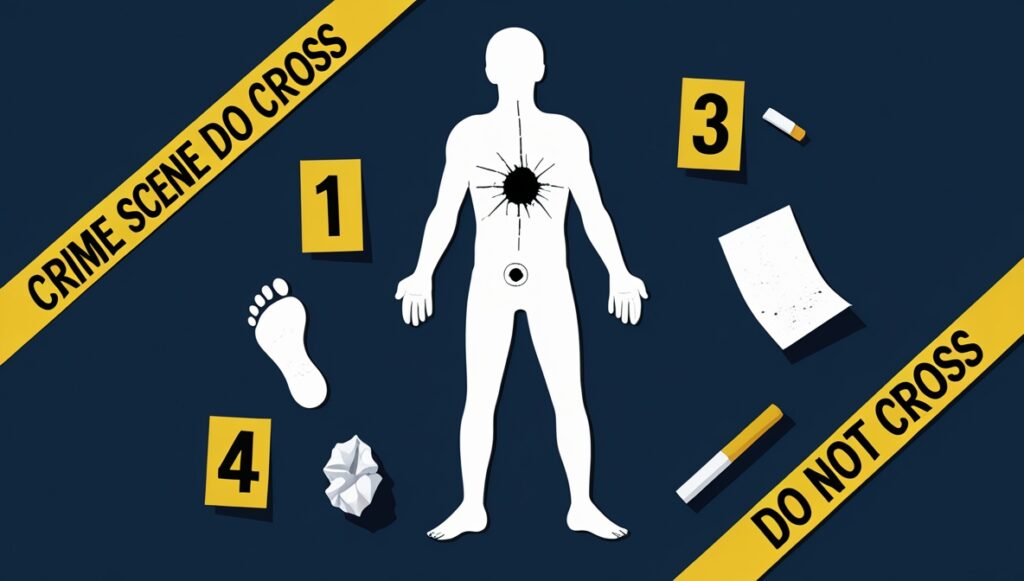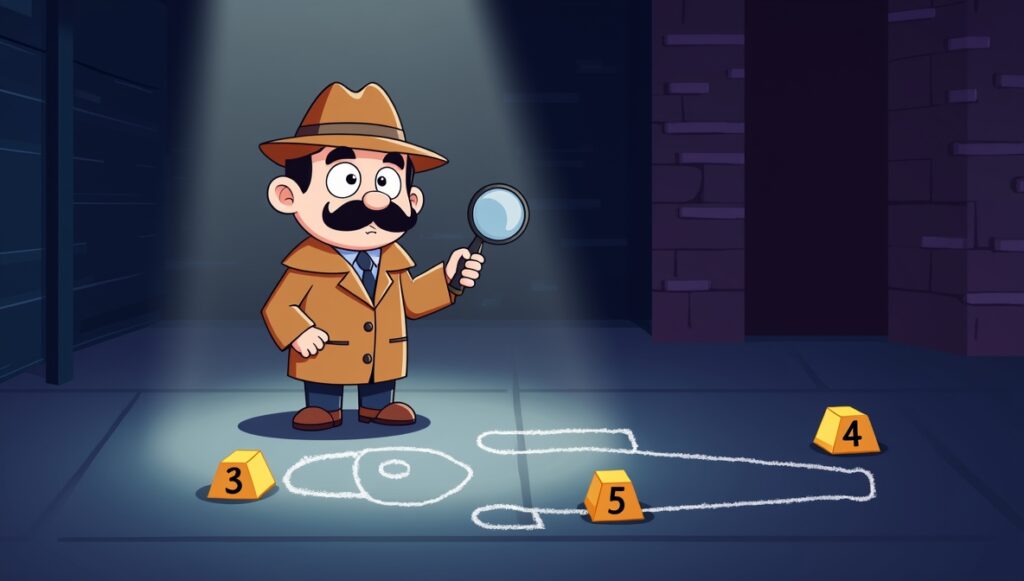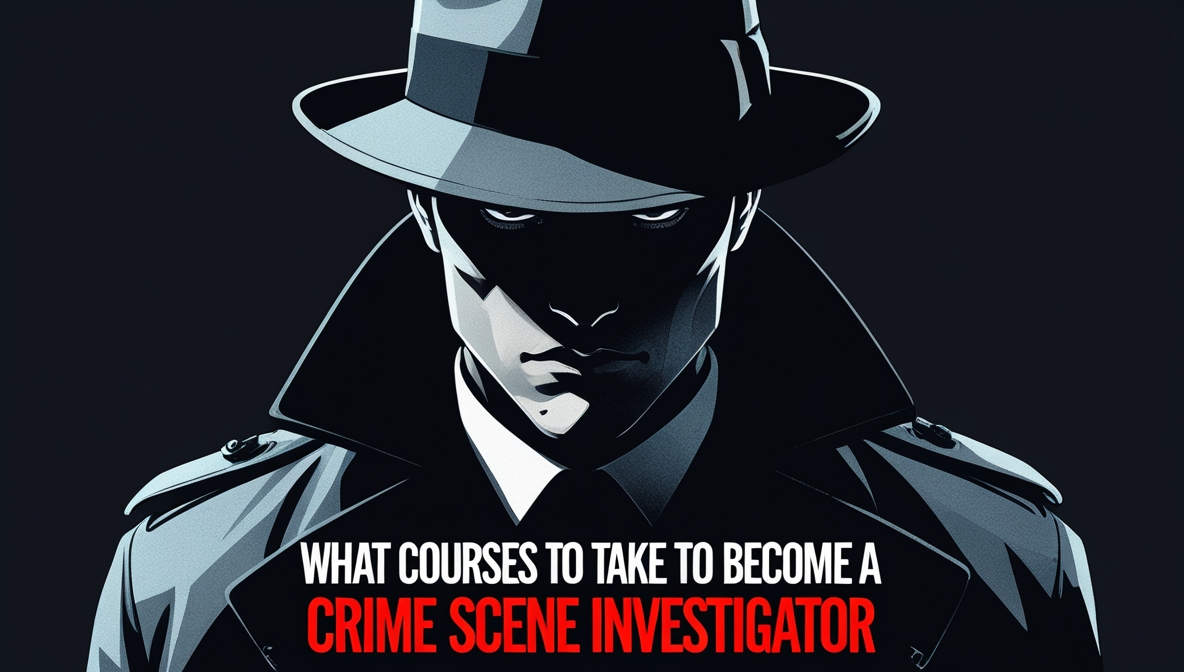The Complete, No-BS Guide to Becoming a Crime Scene Investigator: Courses, Careers, and Cold Hard Facts
Let me tell you how I really got into this field. It wasn’t some dramatic calling – I was a biology major who needed a summer job. The local medical examiner’s office was hiring interns to help process death scenes. On my first day, I nearly passed out when they pulled a liver out for toxicology testing. Fast forward eight years, and I’ve processed over 500 crime scenes, testified in 37 trials, and trained new CSIs. Here’s everything I wish someone had told me about the education path – with zero TV glamour and 100% real-world truth.
Crime Scene Investigation: Separating Hollywood From Reality
What CSIs Actually Do (When Cameras Aren’t Rolling)
- Process 3-7 scenes per shift (most are petty crimes, not homicides)
- Spend 60% of time documenting and 30% collecting evidence (the other 10% is driving between locations)
- Work in brutal conditions (100°F summers, -20°F winters, and everything in between)
- Get called out at 3 AM more often than you’d think
True story: I once processed a murder scene where the only evidence was a single eyelash stuck to a windowsill. Found it after six hours of searching. That’s real CSI work – tedious, painstaking, and occasionally miraculous.
The Education Path: Your Blueprint for Success
Option 1: Criminal Justice Degree (The Traditional Route)
Best for: Those who want flexibility in law enforcement careers
Core Curriculum Breakdown:
- Intro to Criminal Justice (Year 1)
- History of policing
- Court system overview
- Basic constitutional law
- Criminology (Year 2)
- Criminal behavior theories
- Demographic crime patterns
- Victimology
- Criminal Procedure (Year 2-3)
- Search and seizure laws
- Miranda rights applications
- Evidence admissibility
- Forensic Science Survey (Year 3)
- Basic evidence collection
- Introduction to fingerprints
- Crime scene photography
Pro Tip: Take electives in psychology – understanding criminal behavior helps immensely at scenes.
Option 2: Forensic Science Degree (The Science-Heavy Path)
Best for: Those aiming for lab crossover roles or federal positions
Course Highlights:
- Forensic Biology (Semester 3)
- DNA extraction techniques
- Blood typing vs. DNA profiling
- PCR amplification
- Trace Evidence Analysis (Semester 4)
- Hair and fiber comparison
- Glass fracture patterns
- Paint chip analysis
- Toxicology (Semester 5)
- Drug metabolism
- Poison detection
- Blood alcohol calculations
Reality Check: My forensic chem class had a 50% fail rate. The math is brutal but essential.

Option 3: The Hybrid Approach (For Career Changers)
Best for: Nurses, EMTs, military vets transitioning to CSI
Accelerated Course Plan:
- Crime Scene Technology Certificate (6 months)
- Evidence collection protocols
- Bloodstain documentation
- Courtroom testimony prep
- Death Investigation Specialization (3 months)
- Postmortem changes
- Trauma interpretation
- Mass disaster response
- Internship (200+ hours)
- Ride-alongs with CSI units
- Medical examiner rotations
- Evidence lab practicum
The 7 Most Valuable Courses for Aspiring CSIs
1. Advanced Crime Scene Processing (Where Rubber Meets Road)
- Section 1: Scene Assessment
- Identifying primary vs. secondary scenes
- Establishing logical search patterns
- Prioritizing evidence collection
- Section 2: Contamination Prevention
- Proper PPE protocols
- Equipment sterilization
- Cross-transfer risks
Lesson Learned: I once contaminated a burglary scene by kneeling where the suspect had walked. Had to throw out all my photos.
2. Forensic Photography (Beyond Point-and-Shoot)
Essential Skills Covered:
- Low-light techniques (ISO settings, long exposures)
- Scale placement (never hold rulers – they cast shadows)
- UV/IR photography (for latent prints and bruising)
- Panoramic stitching (for large outdoor scenes)
Equipment You’ll Actually Use:
- Canon 5D Mark IV (police standard)
- Macro lens for trace evidence
- Alternate light source wand
- Color calibration cards
3. Bloodstain Pattern Analysis (Not for the Faint)
Key Modules:
- Impact spatter calculation (determining weapon type)
- Transfer patterns (telling if a body was dragged)
- Expiration blood (differentiating cough vs. gunshot)
- Void patterns (revealing missing objects or people)
Case Study: A single high-velocity spatter pattern helped convict a murderer who claimed self-defense. The angle proved he was standing over the victim.

4. Latent Print Development (Fingerprinting 2.0)
Modern Techniques:
- Cyanoacrylate fuming (superglue method)
- Magnetic powder application
- Ninhydrin for paper evidence
- RUVIS (Reflective Ultraviolet Imaging System)
Common Mistakes Newbies Make:
- Over-powdering prints
- Using the wrong brush type
- Failing to photograph before lifting
5. Medicolegal Death Investigation (Grim But Essential)
What You’ll Learn:
- Estimating time of death (livor, rigor, algor mortis)
- Distinguishing antemortem vs. postmortem trauma
- Recognizing subtle signs of strangulation
- Documenting decomposition stages
First Autopsy Story: The ME had me hold a brain during examination. I didn’t eat meat for a month after.
6. Courtroom Testimony (Where Cases Are Won)
Crucial Lessons:
- Simplifying technical jargon for juries
- Handling “gotcha” cross-examination
- Maintaining professional demeanor
- What never to say on the stand
Trial Tip: Always bring duplicate evidence photos – defense attorneys “lose” them surprisingly often.
7. Digital Forensics Fundamentals (New Frontier)
Covering:
- Cell phone extraction basics
- GPS data recovery
- Surveillance video enhancement
- Social media evidence preservation
Certifications That Actually Boost Your Career
| Certification | Cost | Time Commitment | Best For |
|---|---|---|---|
| IAI CSI Certification | $350 | 6 months prep | Entry-level candidates |
| FBI Forensic Photography | $1,200 | 2-week intensive | Evidence specialists |
| ABMDI Death Investigator | $500 | 1 year experience | Medical examiner offices |
| NALFI Latent Print | $600 | 100 case minimum | Fingerprint examiners |
Insider Advice: Get IAI certified within your first year – many agencies give automatic 5% raises for it.
The Hidden Curriculum: Skills They Don’t Teach in Class
1. Report Writing (More Important Than You Think)
- The “Just the Facts” format
- Avoiding subjective language
- Proper evidence chain of custody
- Common report mistakes that get cases thrown out
2. Emotional Survival Skills
- Coping mechanisms for disturbing scenes
- Recognizing PTSD symptoms
- Department counseling resources
- Healthy work-life separation
3. Bureaucratic Navigation
- Interagency politics
- Evidence submission paperwork
- Budget justification for equipment
- Testimony scheduling nightmares
Top 10 Schools for CSI Aspirants (2024 Rankings)
Undergraduate Programs
- University of Central Florida – Full-scale crime scene houses
- Penn State – FBI pipeline program
- Sam Houston State – Texas DPS partnerships
- George Washington University – DC internship access
- University of California, Davis – Cutting-edge research
Continuing Education
- FBI National Academy (10-week intensive)
- National Forensic Academy (Hands-on training)
- Local Police Academies (CSI electives)
The Job Market: Cold Hard Truths
Entry-Level Realities
- Starting salaries: $35K-$45K
- 60% require patrol experience first
- Rural agencies hire easier than cities
- Federal jobs need 2+ years experience
Career Advancement
- Senior CSI: $55K-$70K
- Lab Supervisor: $75K-$90K
- Forensic Manager: $90K-$120K
Salary Tip: Medical examiner offices pay 15-20% more than police departments.
A Week in the Life (Real Schedule From My Notebook)
Monday:
- 7 AM: Burglary call – processed fingerprints on a greasy fast food wrapper
- 12 PM: Lunch (cold sandwich in the car)
- 3 PM: Drug overdose death – documented needle marks and collected syringes
- 8 PM: Finished reports at the station
Wednesday:
- 2 AM: Homicide callout – spent 6 hours processing a gang shooting
- 11 AM: Autopsy attendance (photographed gunshot wounds)
- 4 PM: Court testimony on a burglary case
- 7 PM: Crashed hard at home
Essential Gear You’ll Come to Love (Or Hate)
- Waterproof boots (you’ll stand in blood, sewage, and worse)
- Scene suits (Tyvek gets hot but saves your clothes)
- Portable generator (for outdoor night processing)
- Digital calipers (measurements must be precise)
- Vicks VapoRub (for decomp scenes – put under your nose)
The Good, Bad, and Ugly of CSI Work
???? The Good:
- Every scene is a new puzzle
- Direct impact on justice
- Great retirement benefits
- Constant learning opportunities
???? The Bad:
- Low starting pay
- Emotional toll
- On-call demands
- Bureaucratic frustrations
☠️ The Ugly:
- Child abuse cases
- Advanced decomposition
- Political interference
- Unsupportive administrations
Breaking Into the Field: Insider Strategies
- Intern everywhere – ME offices, PDs, even funeral homes
- Network relentlessly – 80% of jobs come through connections
- Start small – County agencies hire more than cities
- Get certified early – IAI cert opens doors
- Develop resilience – You’ll need it

Conclusion: Is This Career Right For You?
If you:
- Thrive under pressure
- Have obsessive attention to detail
- Can handle graphic scenes
- Don’t need constant praise
Then CSI work might be your calling. It’s equal parts science, art, and endurance test. The cases stay with you, but so does the satisfaction of solving puzzles that matter.
FAQs From Real CSI Applicants
1. Do I need to be good at math?
Yes – geometry for bloodstains, statistics for DNA, and chemistry for drug analysis. Brush up on algebra at minimum.
2. How often do you testify in court?
I averaged 12-15 times per year. Busy jurisdictions can be double that.
3. What’s the most unexpected part of the job?
The amount of driving. I logged 1,200 miles last month just going between scenes.
4. Do CSIs work alone or in teams?
Usually pairs for safety, but budget cuts sometimes force solo work (which is dangerous).
5. Would you choose this career again?
Most days yes. Some days – especially after bad child abuse cases – I question it. But it’s never boring.









